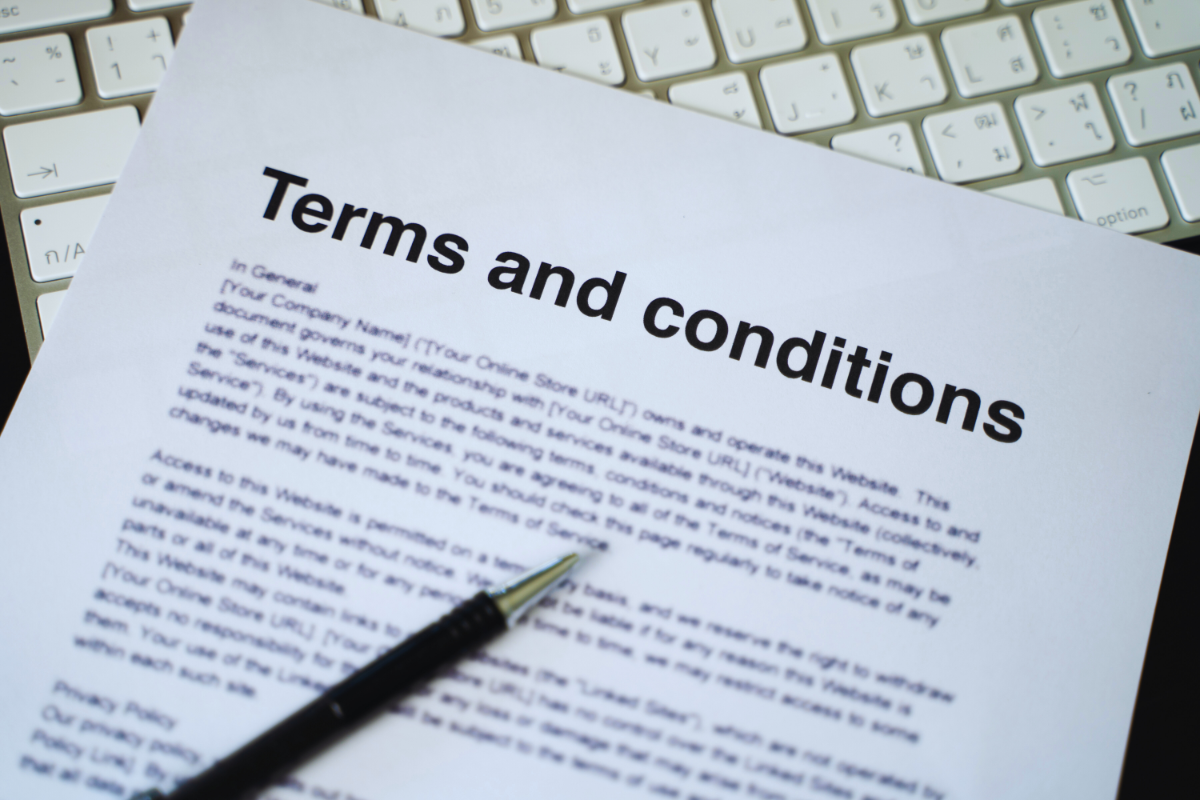Strategies to renegotiate debts with better conditions
Renegotiating debts can be an effective solution to ease your financial burden and regain control of your finances. Although it may seem like a complicated process, with the right strategies you can obtain better conditions, such as lower interest rates, extended terms, or even a reduction in the total amount of the debt. If you are considering this option, it is important to prepare and negotiate strategically.
The first step in renegotiating debts is to assess your current financial situation. This includes making a detailed list of all your debts: the amounts, interest rates, payment terms, and the institutions you owe. Having a clear view of your financial picture will help you identify which debts to prioritize for debt renegotiation . Additionally, calculating how much you can realistically pay monthly is key to offering viable proposals.
Once you have clarity about your debts, contact your creditors. Most institutions are open to negotiating with debtors who show an intention to honor their commitments. When you reach out, honestly explain your situation and the reasons why you need to renegotiate debts . Providing documentation to support your case, such as receipts of income and expenses, can strengthen your position during the negotiation.
A common strategy for improving the terms of a debt is to request a reduction in the interest rate. Lower rates significantly reduce the total amount you will pay over time, making the debt more manageable. You can also negotiate an extension of the repayment term, which reduces monthly payments, although it may increase the total cost in the long run. Evaluate your options carefully before agreeing to new terms.
In some cases, it is possible to negotiate a partial debt write-off or forgiveness. This means that the creditor agrees to receive less than the total amount owed, thereby settling the account. While this option can be difficult to achieve, it becomes more feasible if you can make a significant one-time payment or if the debt is at risk of becoming uncollectible. Proposing a discounted one-time payment agreement is a tactic that can be beneficial to both parties.
If you’re dealing with multiple debts, consider consolidating them into one loan with better terms. Consolidation loans allow you to bundle multiple debts into one monthly payment, usually with a lower interest rate. While this strategy doesn’t reduce the total amount of debt, it simplifies payment management and can help you save on interest.
It’s critical that you document any agreement you reach with creditors. Make sure you get the new terms and conditions in writing, including interest rates, payment terms, and any agreed-upon debt reductions. This protects your rights and prevents misunderstandings in the future.
In more complex situations, consider seeking professional help. Consulting with financial advisors or debt negotiation companies can provide you with the tools and support you need to achieve better results. However, research these professionals carefully to avoid falling prey to fraud or excessive costs.
Debt renegotiation is an important step to take to avoid falling into debt again. Creating a solid budget, adjusting your spending habits, and establishing an emergency fund are essential steps to strengthening your financial stability. Debt renegotiation should be seen as an opportunity to reorganize your finances and build a stronger future.

